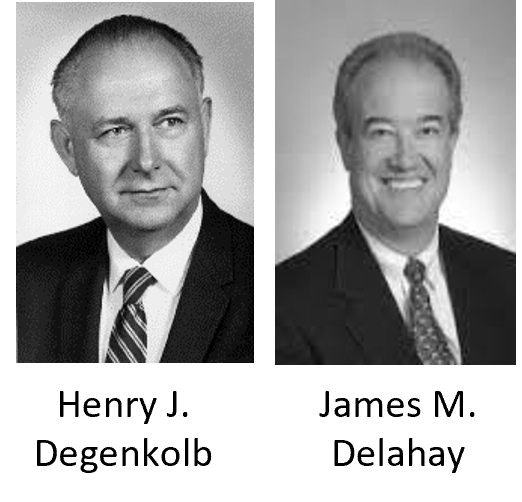 |
In 1989, ATC established the Henry J. Degenkolb Memorial Endowment Fund, named for a dedicated structural engineer ⎯ an international leader in the development of structural engineering technology ⎯ who gave outstanding technical support to the Applied Technology Council and its projects.
The James Merriam Delahay Endowment Fund was initiated in 2005 by the Structural Engineers Association of Alabama to honor the memory of Jim Delahay, a former ATC President, known nationwide for his work to improve wind codes and standards.
|
Current Major Donors*
Sponsors
Structural Engineers Assn of
California
Computers & Structures, Inc.
Degenkolb Engineers
Charles H. Thornton
Gilsanz Murray Steficek
Walter P. Moore & Associates
Rutherford & Chekene
Nabih Youssef & Associates
John M. Coil
Edwin T. Huston
James R. and Sharon K. Cagley
Sang Whan Han
KPFF Consulting Engineers
Robert B. Paullus
Rojahn-King Family
Supporters
Erleen Hatfield
Contributors
Omar D. Cardona
Lawrence D. Reaveley
John C. Theiss
*As of March, 2019
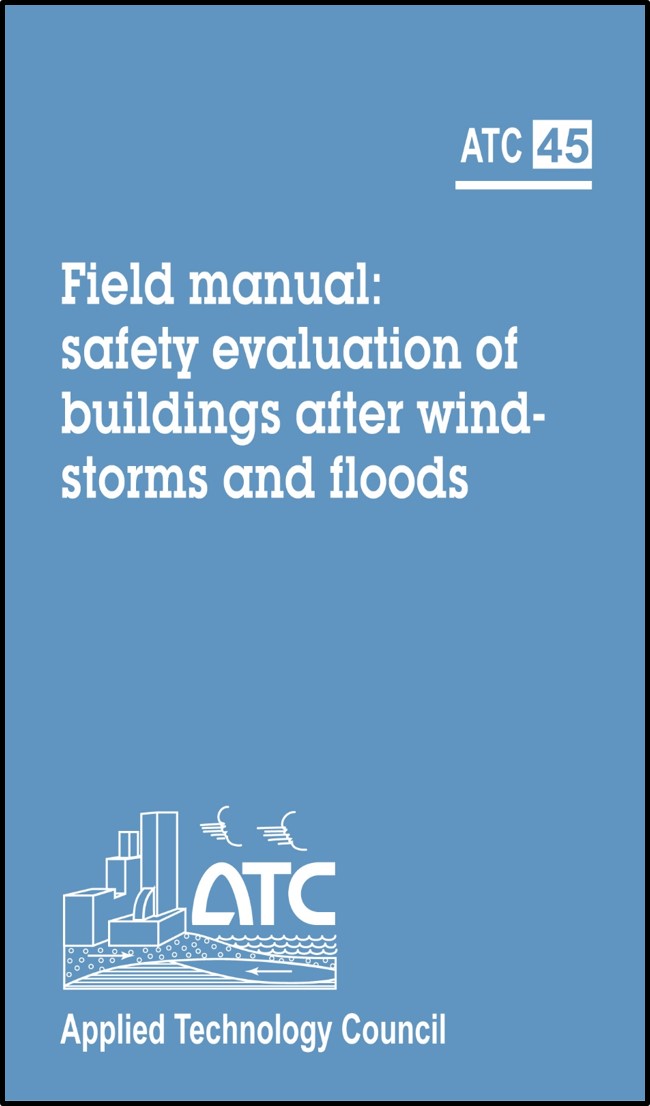 ATC-45 ATC-45
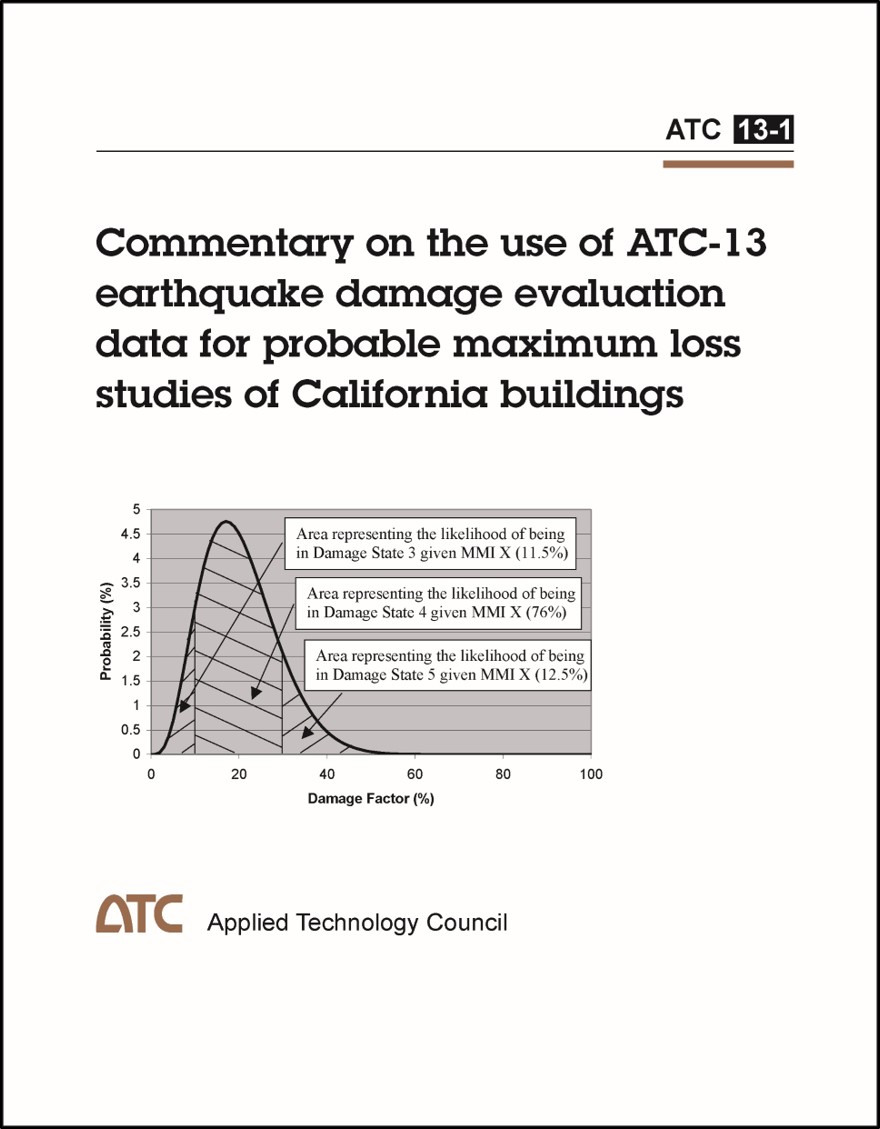
ATC-13-1
|
|
The purpose of the ATC Endowment Fund is to support projects of critical interest to structural engineering design practice, research, and education.
To donate to the ATC Endowment Fund, please click on the donate button, below.
- Selected Engineering Applications for Mitigating the Effects of Natural and Man-Made Hazards. The ATC Endowment Fund provides partial support, sometimes in the form of seed money, to develop selected engineering applications for mitigating the effects of natural and man-made hazards. Such activities are supported by the Fund when (1) funds cannot be obtained from traditional government agency funding sources in a timely manner and (2) the Endowment Committee believes the project is of critical importance in meeting the goals of ATC. Recommendations for projects in this category are initiated by the ATC Executive Director and require approval of the ATC Endowment Committee. A portion of the proceeds from the sale of such engineering applications is returned to the ATC Endowment Fund. To date, the Fund has supported the development of several engineering applications:
- ATC Hazards by Location. The purpose of the ATC Hazards by Location website was to provide users with site-specific hazard information that can be used to determine design loads for buildings and other structures. (Effective December 31, 2024, ATC will no longer be offering this resource. Visit the ASCE Hazard Tool website for updated hazard information.)
- ATC-45, Field Manual: Safety Evaluation of Buildings After Windstorms and Floods (published 2004, 132 pages). The ATC-45 Field Manual provides procedures applicable to all building types and includes extensive criteria for posting buildings with red (UNSAFE), yellow (RESTRICTED USE) and green (INSPECTED) placards as well as example applications of the procedures. Funding for the ATC-45 project was also provided by the Applied Technology Council and the Institute for Business and Home Safety.
- ATC-13-1, Commentary on the Use of ATC-13 Earthquake Damage Evaluation Data for Probable Maximum Loss Studies of California Buildings (published 2002, 66 pages). The purpose of this Commentary is to provide guidance to consulting firms who are using ATC-13 expert-opinion data (published by ATC in 1985) for probable maximum loss (PML) studies of California buildings. This report explains the development of the ATC-13 expert-opinion estimates of physical damage caused by earthquakes, the limitations of the ATC-13 data, and the issues associated with using the data for PML studies.
- ATC-20 Bhutan Field Manual, Postearthquake Safety Evaluation of Buildings, Bhutan Edition (published 2015, 246 pages). This document represents adaptations to the U.S. version of the ATC-20-1 Field Manual to account for Bhutan’s vernacular buildings, as well as Bhutan’s cultural and governmental context. During the development, a number of improvements were made to the presentation of material in the ATC-20-1 Field Manual, including a graphical format with numerous images to help engineers evaluate damaged buildings more accurately. Also, the procedures incorporate recent lessons learned during postearthquake safety evaluations following the Chile (2010) and New Zealand (2010-2011) earthquakes.
- ATC-109, Building Safety Evaluation after the February 22, 2011 Christchurch, New Zealand Earthquake: Observations by the ATC Reconnaissance Team (published 2014, 99 pages). The purpose of this report is to summarize the reconnaissance team's observations, findings, and recommendations regarding postearthquake building safety evaluations following the February 22, 2011 earthquake in Christchurch, New Zealand.
- ATC-128, Proceedings of Forum on Performance-Based Structural-Fire Engineering: Examples of Current Practice and Discussion of Future Directions (published 2015, 101 pages). The purpose of this report is to document how designers and researchers in the United Kingdom are advancing the state-of-the-practice in structural fire engineering, and to examine critical issues in structural-fire safety that merit closer attention in the United States.
- ATC-141, September 19, 2017 Puebla-Morelos, Mexico Earthquake: Seismological and Structural Observations by the ATC Reconnaissance Team (published 2020, 571 pages). The purpose of this report is to document the findings of the field team who were deployed following the magnitude-7.1 Puebla-Morelos, Mexico earthquake, and includes observation of earthquake effects for 70 buildings, microtremors recorded using monitoring instruments at 7 buildings, and a compilation of processed ground motion recordings from UNAM (National Autonomous University of Mexico) and CIRES (Center of Instrumentation and Seismic Records).
|
- ATC Design Guides. ATC Design Guides are a series of reports that present succinct, state-of-the-art information on important design issues for the practicing structural engineering profession. The documents are developed by leading specialists in specific areas of concern, working under the review and guidance of an advisory Project Engineering Panel. Topics are selected by the ATC Board of Directors, based on recommendations from ATC staff. A portion of the proceeds from the sale of ATC Design Guides is returned to the ATC Endowment Fund. To date, ATC has published three ATC Design Guides:
- ATC Design Guide 1, Minimizing Floor Vibration (published 1999, 64 pages). This first ATC Design Guide provides guidance on design and retrofit of floor structures to limit transient vibrations to acceptable levels. The document includes guidance for estimating floor vibration properties and includes example calculations for a variety of currently used floor types and designs. The criteria for acceptable levels of floor vibration are based on human sensitivity to the vibration, whether it is caused by human behavior or machinery in the structure.
- ATC Design Guide 2, Basic Wind Engineering for Low Rise Buildings (published 2009, 114 pages). This second ATC Design Guide provides background information and guidance on wind engineering provisions for low-rise buildings contained in ASCE 7 -05, Minimum Design Loads for Buildings and Other Structures, and the 2009 International Building Code (IBC). Treatment is limited to common building types and buildings under 60 feet in ATC Design Guide 2, Second Edition, which provides guidance on the ASCE 7-10 and the 2012 IBC wind engineering provisions for low-rise buildings, is currently under development.
- ATC Design Guide 3, Serviceability Design of Tall Buildings Under Wind Loads (published 2019, 75 pages). This third ATC Design Guide provides background and recommended criteria for the serviceability design of tall buildings subject to wind loading, based on available research, engineering practice, and successful buildings currently in service. Recommended serviceability limit states on perception of motion and lateral deflection are provided for the design of tall buildings under wind loads.
- Small Research Projects. To qualify for funding as a small research project, the research must yield results that are useful to a significant segment of the structural engineering profession and must be accomplished with funding not to exceed $10,000 (1995 dollars). Research topics are solicited from Structural Engineers Associations nationwide and are approved by the ATC Executive and Endowment Committees. Guidance and overview are provided by advisory Project Engineering Panels, consisting of leading specialists from the structural engineering profession and from the academic community. A portion of the proceeds from the sale of small research project reports is returned to the ATC Endowment Fund. To date, ATC has completed one Small Research Project:
- ATC-R-1, Cyclic Testing of Narrow Plywood Shear Walls (published 1995, 64 pages). This small research project, conducted at the University of California at Irvine, consisted of a series of static and dynamic tests of narrow plywood wall panels. The ATC-R-1 report describes the testing program and summarizes the results, including comparisons of drift ratios found during testing with those specified in the then-current seismic provisions of the 1991 Uniform Building Code. The report served as a catalyst for changes in code-specified aspect ratios for narrow plywood wall panels and for new thinking in the design of hold-down devices.
|
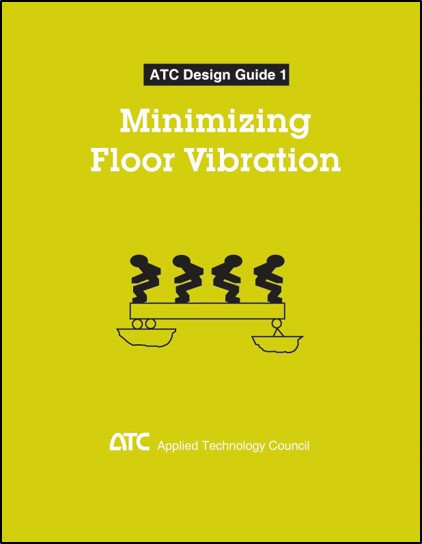
ATC Design Guide 1
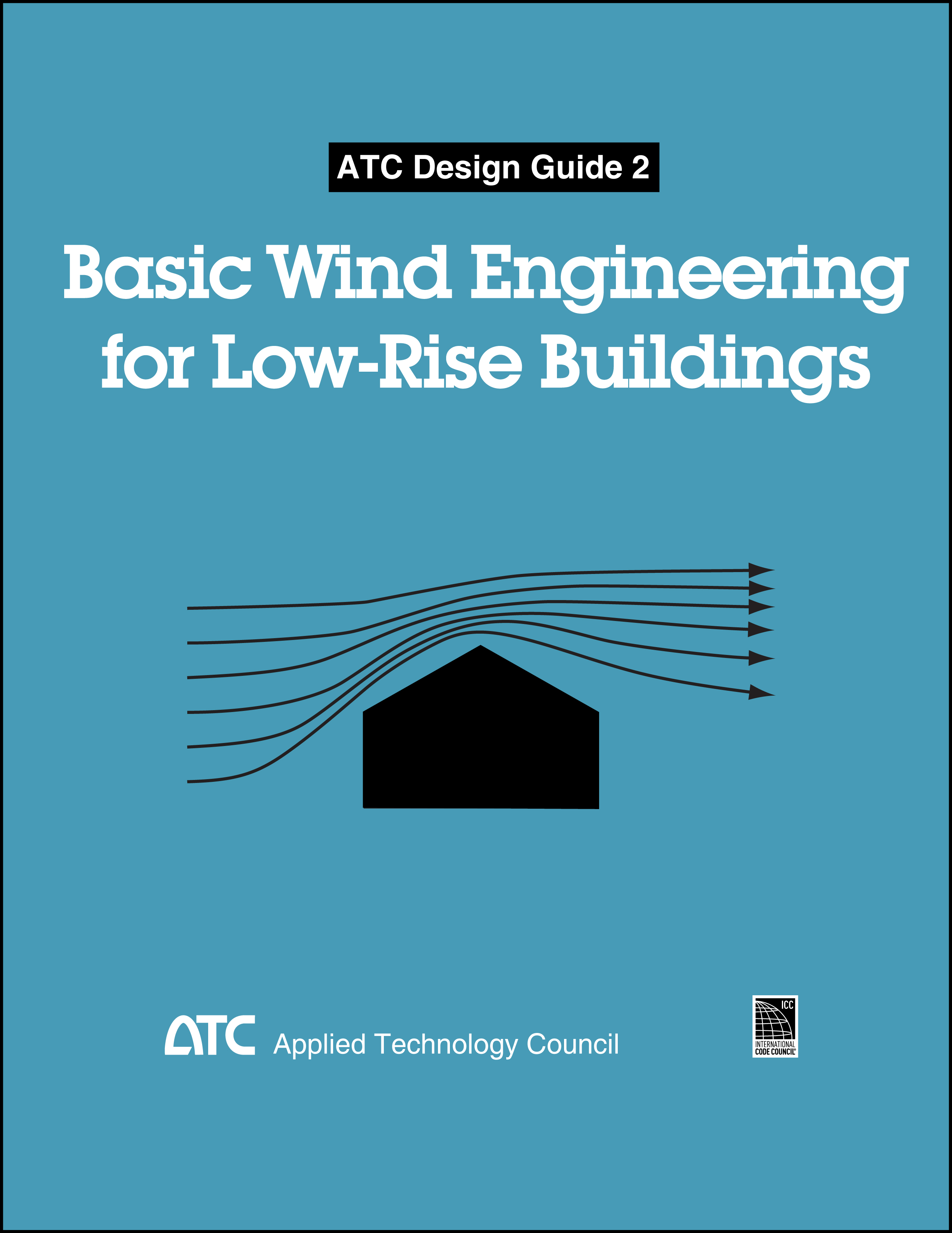
ATC Design Guide 2
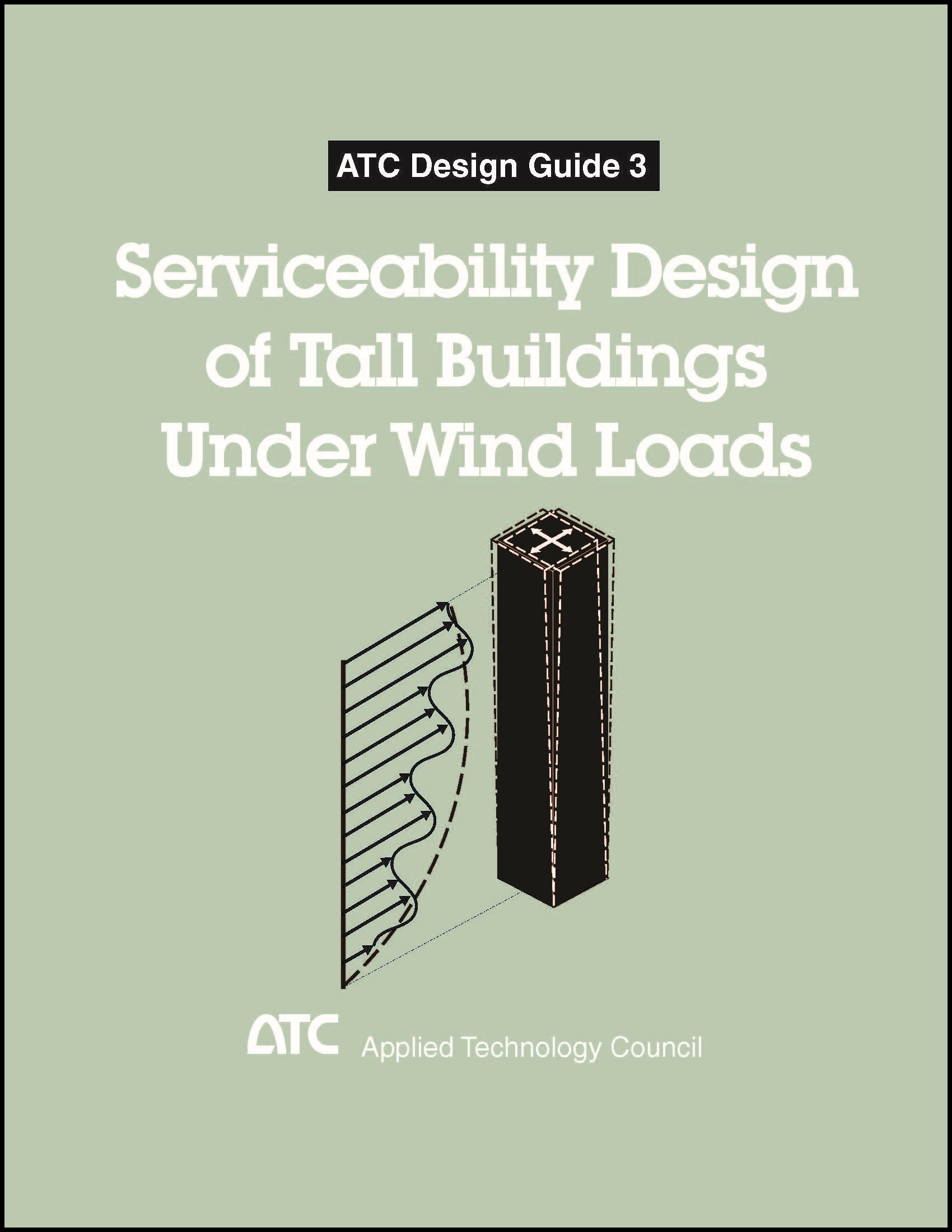
ATC Design Guide 3
|






